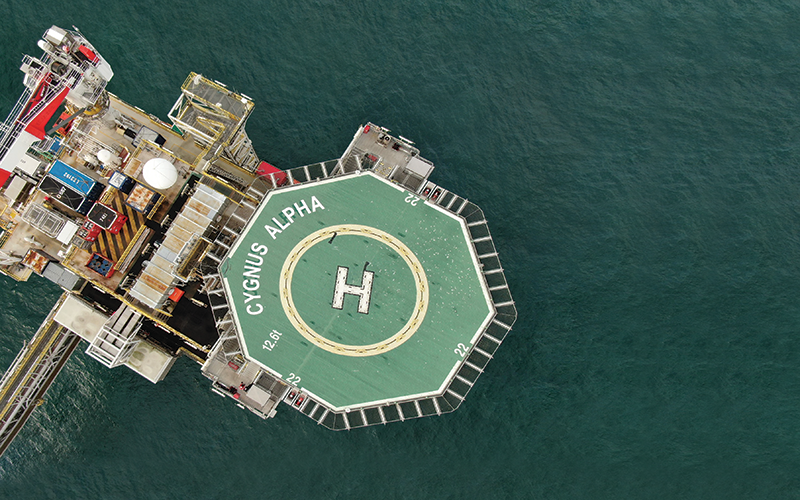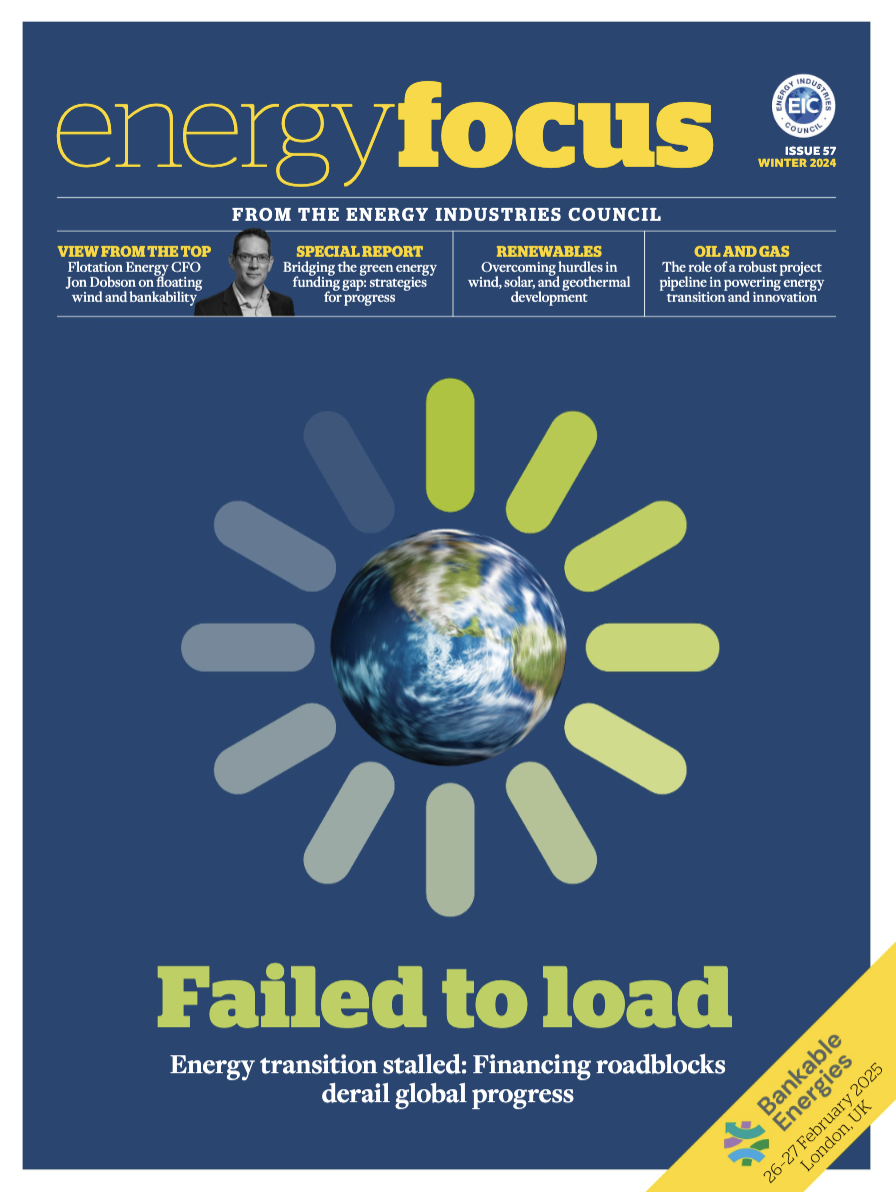Mitigating methane emissions
Cutting methane emissions from production and throughout the entire oil and gas value chain will make a substantial contribution to achieving the Paris Agreement climate goals, says Alexandra Thomas at Neptune Energy

Carbon-cutting initiatives have been the focus of government and industry attention for many years, but until recently, efforts to tackle the much more potent greenhouse gas, methane, were given second billing.
Methane has more than 80 times the warming power of carbon dioxide within the first 20 years after its release. Atmospheric concentrations of the gas are increasing faster now than at any time since the 1980s, according to data from the Environmental Defence Fund (EDF), one of the world’s leading environmental organisations.
While reducing CO2 emissions remains essential, carbon-cutting initiatives have typically received most of society’s attention, and addressing methane will be no less critical in meeting emission reduction targets overall.
Bold new pledge
The Global Methane Pledge, signed by the EU and the US in September, is a welcome sign that the impact of methane is gaining increasing recognition. The pact, which is to be formally launched at COP26, commits signatories to cut methane emissions by 30% by 2030. A number of countries have already indicated their support for achieving this target, with the UK being on the list of early participants.
North Sea methane mitigation
The North Sea energy industry – and the UK Government – has already shown leadership in its approach to meeting the UK’s 2050 net-zero target. The North Sea Transition Deal recognises the importance of continued oil and gas production to support energy security throughout the transition while driving down greenhouse gas emissions, including methane. It commits to reducing methane emissions in line with the World Bank’s Zero Routine Flaring By 2030 initiative, cutting emissions from oil and gas production on the UK Continental Shelf by 15m tonnes – the equivalent of the annual emissions from 90% of the UK’s homes.
With precise measurements comes greater understanding
This commitment aligns with Neptune Energy’s own target of zero methane emissions by 2030. That is why we have entered into a scientific collaboration with the EDF to test a new approach for measuring methane emissions from offshore oil and gas facilities.
The study, which took recently took place in September at the Cygnus platform in the UK North Sea, is the first of its kind, measuring methane emissions on a working platform using advanced drone and sensing technology.
To date, the industry has faced challenges in obtaining accurate methane measurements due to the limitations of in-situ measurements. This new approach could enable more accurate, repeatable measurements, reporting and verification, and will provide a robust industry baseline.
The work involves a team of international researchers, including Scientific Aviation, a provider of airborne emissions sensing, and Texo DSI, a UK-based drone platform provider.
Global investment firm The Carlyle Group, a shareholder in Neptune Energy, is also supporting the project to drive research and set best practice.
State-of-the-art drone and methane sensing technologies were deployed to provide a close-up view of operations typical of a North Sea offshore facility, such as gas separation, drying and compression technology, and flaring and venting.
An unmanned drone aircraft clocked up 313 miles during the five-day survey, gathering data while circling the platform at 250–500m. Researchers will use this data to test advanced methods for quantifying facility-level offshore methane emissions and prioritise any mitigating actions. In addition, a rotary drone operated by experts on the rig was also used to measure emissions from various points on the platform.
Methane has more than 80 times the warming power of carbon dioxide within the first 20 years after its release
Bringing consistency to the somewhat disparate measurement, reporting and verification processes available today will also help target activities to reduce methane emissions and provide the most accurate measurements. Experts will analyse the data, with the outcomes published in a scientific peer-reviewed paper in 2022.
Delivering a low-carbon future
The carbon and methane intensities at Cygnus are recognised for being among the lowest on the UK continental shelf. However, we want to go further. To this end, we are also evaluating options for the potential electrification of the platform.
Research from the International Renewable Energy Agency suggests that the lower-carbon future we are striving for will require the industry to invest an estimated US$120trn in clean energy to meet the Paris Agreement targets. Projections also suggest investment of US$1.6trn in existing oil and gas production is necessary if supply is to keep up with global demand. Given the gas price spike that has severely impacted Europe and the UK reently, this is enormously important.
Despite the massive growth in renewable energy, gas remains the single largest baseload power source and affordable heat for the UK. And with statistics from the UK’s Climate Change Committee showing that 85% of UK homes rely on gas for heating, we know gas will continue to have a significant role in the years ahead.
This means that the UK has to not only think about how we generate alternative sources of energy, such as hydrogen, but also how we minimise emissions of carbon and methane from our domestic gas supplies – setting an example that the rest of the world can follow.
By Alexandra Thomas, UK Managing Director, Neptune Energy






Follow us
Advertise
Free e-Newsletter